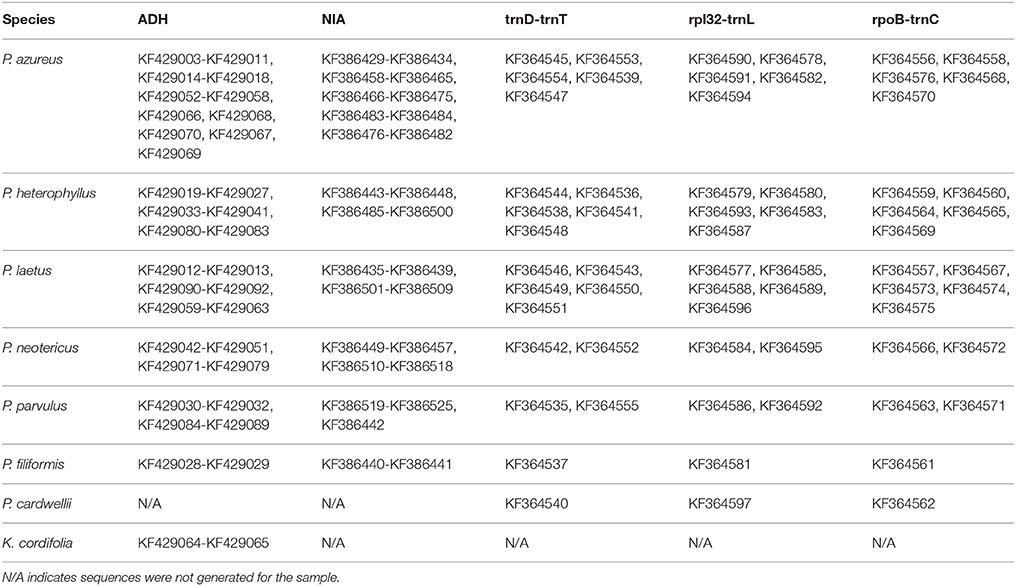
Furthermore, this gene has not yet been characterized in the Asian seabass. However, it is currently not known whether any polymorphisms found in its gene could possibly be linked to the resistance against diseases in any species of aquaculture. Studies on this protein in a few aquaculture species such as Labeo rohita, Takifugu rubripes and Cyprinus carpio (Johansen and Kaetzel, 2011 Leya et al., 2021 Xia et al., 2020 Yang et al., 2017) found that it played a crucial role in the fish immunity against pathogens. This protein plays a vital role in the transport of both IgA (or IgT in teleosts) and IgM antibodies from the basilar to apical membrane of epithelial cells (Kaetzel, 2014 Lamm, 1997 Mazanec et al., 1993). pIgR is a key component of the mucosal immune system (Xia et al., 2020). The pIgR (polymeric immunoglobulin receptor) gene was allocated in the QTL on LG 15, thus it is one of the potential candidate genes for resistance against SGIV (Wang et al., 2017). A previous study on the mapping of QTL (Quantitative trait loci) for iridovirus resistance in Lates calcarifer, identified a few significant QTL on four linkage groups (LGs) 6, 13, 15 and 21 (Wang et al., 2017). Therefore, it is essential for the improvement of resistance against diseases genetically in the aquaculture of the Asian seabass. While the content of omega-3 and growth performance of the fish have been significantly improved over the years (Shen et al., 2020 Wang et al., 2019 Xia et al., 2014), diseases still pose a major problem in its aquaculture (Shen et al., 2020 Yang et al., 2022b). In Singapore, a variety of breeding approaches, both conventional and molecular, such as the genomic selection (GS) as well as marker-assisted selection (MAS), have been employed for the genetic improvement of Asian seabass since 1998 (Shen et al., 2020 Wang et al., 2007 Wang et al., 2017 Yue et al., 2002). The production of Asian seabass has been increasing worldwide (Jerry, 2013 Stankus, 2021). Understanding the molecular mechanisms underlying the resistance to any diseases is a crucial step towards the improvement of disease resistance genetically through molecular breeding (Ødegård et al., 2011 Yang et al., 2022a Yang et al., 2022b).Īsian seabass ( Lates calcarifer), is one of the important aquaculture species in Southeast Asia and Australia (Jerry, 2013 Yue et al., 2002 Zhu et al., 2021). Therefore, genetic improvement of resistance to iridoviruses is an important, but long-lasting task of aquaculture breeding. To date, there is no efficient method for controlling iridovirus outbreaks although some vaccines are available for some iridoviruses (Jung et al., 2018). This iridovirus causes high (> 90%) mortality in many marine fish species in the aquaculture industry (Qin et al., 2003). The Singapore grouper iridovirus (SGIV) is an icosahedral, double-stranded DNA virus (Qin et al., 2001). Diseases are one of the major threats to the aquaculture industry (Lafferty et al., 2015 Yang et al., 2022b Yu et al., 2022). Therefore, both SNPs may play a useful role in the selection of fish that are resistant against iridovirus at the fingerling stage.Īquaculture provides humans with a major source of beneficial proteins (FAO, 2020). Genotyping of both SNPs in survival and dead Asian seabass after challenging with SGIV revealed that both SNPs were possibly associated with resistance to SGIV. In addition, two SNPs were identified in the 3’ UTR of LcapIgR. These results suggest that LcapIgR play an important role in repressing the pathogenic activity of iridovirus. Overexpression of LcapIgR in an Asian seabass cell line reduced iridovirus entry into cells, and significantly lowered the transcription and replication of the gene encoding for the iridovirus major capsid protein. Upon a SGIV (Singapore grouper iridovirus) challenge of the fish, the expression of LcapIgR in kidney increased significantly. qRT-PCR revealed that LcapIgR was expressed in all 11 organs examined, being the highest in the heart, followed by intestine, kidney, and eye. LcapIgR consisted of a 2683 bp ORF, a 69 bp 5’ UTR and a 1597 bp 3’ UTR. Here, the pIgR gene from Asian seabass ( Lates calcarifer ) was characterized, and its functions on the iridovirus infection were examined. However, not much is known about its roles in inhibiting pathogens in aquaculture species. The pIgR (polymeric immunoglobulin receptor) gene plays an important role in the mucosal immunity of fish.


Understanding of molecular mechanisms underlying disease resistance is important in improving resistance against diseases. The improvement of disease resistance is vital in aquaculture as diseases are one of the serious threats to successful aquaculture.


 0 kommentar(er)
0 kommentar(er)
